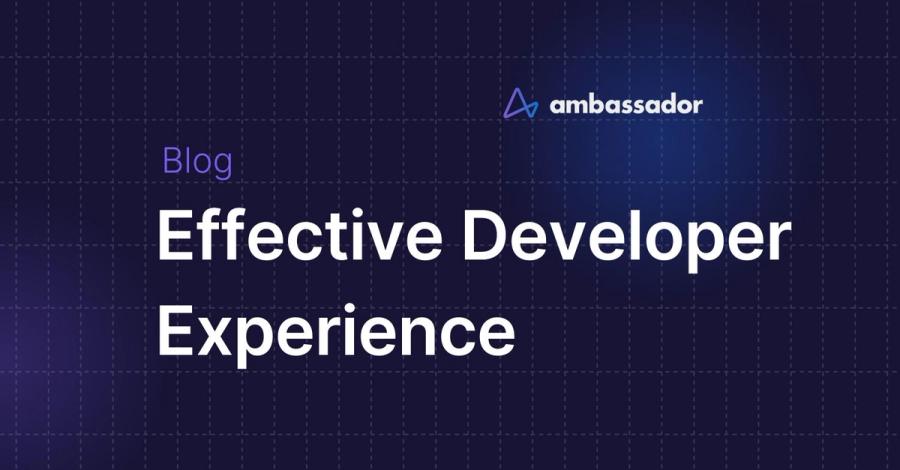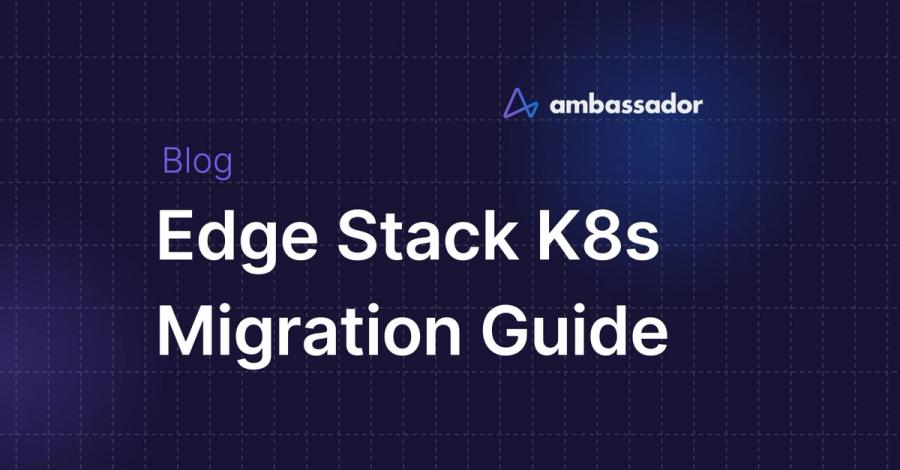
Telepresence
A basic development workflow for Kubernetes services lets a developer write some code, commit it, and get it running on Kubernetes. It's also important that your development environment be as similar as possible to production, since having two different environments will inevitably introduce bugs. In this tutorial, we'll walk through a basic development workflow that is built around Kubernetes, Docker, and Envoy/Ambassador.
Your cloud infrastructure
This tutorial relies on two components in the cloud, Kubernetes and Ambassador. If you haven't already, go ahead and set them up.
March 15, 2021 | 6 min read

Telepresence, Kubernetes
Cloud native applications are often composed of various microservices. More often than not, these microservices work interdependently and communicate with each other to process larger business requests.
As an example, a timeline service for a social media application may need to talk to a user profile service to determine a user's followers; and at the same time may need to talk to an authentication service to determine the authentication state of a user.
Because of this multi-directional, service-to-service communication that happens between microservices, it is crucial to perform integration testing on microservices before deploying any changes because unit testing alone doesn't always provide guarantees about the behavior of the application in the target environment (for interested readers, “Why do Integration Testing?” has more details.)
February 26, 2021 | 11 min read

Kubernetes API Gateway
The Hypertext Transfer Protocol, more commonly known as HTTP, is a protocol used to exchange data on the world wide web. HTTP/3 is the latest evolution of this protocol, and it has been designed to reduce latency and increase resilience when compared to the existing HTTP/1 and HTTP/2, especially over lossy networks that regularly see high packet loss such as mobile connections and those seen in IoT and emerging market use cases.
In order for a site to serve end-to-end traffic over HTTP/3, both the clients and servers must support the protocol. The good news is that HTTP/3 is being rapidly adopted and is already supported by 73% of running browsers and over 25% of websites . Implementing HTTP/3 in your applications is not trivial without an ingress, proxy, or API gateway that fully supports the final HTTP/3 RFC specification .
The Google and Envoy Proxy teams have led the way with implementing and testing HTTP/3, as highlighted in a recent podcast with Alyssa Wilk, Senior Staff Software Engineer at Google and committer on the Envoy Proxy project.
February 9, 2021 | 7 min read

Telepresence, Kubernetes
Use your favorite IDE, debugger, or other tools that run locally with Kubernetes
Moving to Kubernetes can mean a lot of changes and challenges for development teams, but it shouldn’t mean your developers can’t use their favorite tools. Changing tools can make it harder for developers to be productive. Challenges they would be able to solve easily with the tools they were comfortable with for their monolith may not be accessible in a Kubernetes environment. This means it can take longer to solve problems or they may not be able to solve them at all.
If organizations adopt Kubernetes to move faster, how can they cope with these changes that slow their individual developers down?
December 28, 2020 | 3 min read

Developer Experience, Telepresence
Daniel Bryant, Head of DevRel at Ambassador Labs, gave a webinar on creating an effective developer experience as part of the CNCF Webinar series. Based on his experience working with cloud native applications at companies large and small, Daniel’s presentation focused on three key points:
The developer experience is primarily about minimizing the friction from idea to code to delivering observable business value.
How you construct your platform impacts the developer experience greatly
December 9, 2020 | 4 min read

Kubernetes, API Gateway
The Modern Standard for Cloud-Native Teams
How Edge Stack Kubernetes-native API Gateway Can Modernize Your System and Reduce Costs
If you are currently using an API gateway based on older or pre-cloud proxy technologies, now is the time to consider migrating to a modern solution to get access to new features, increased performance, and a reduction in resource requirements. Join thousands of organizations that have seen the benefits of migrating to an API Gateway based on Envoy Proxy, the new standard setter for cloud native features and performance. Edge Stack is the leading Envoy-based, purpose-built API Gateway.
September 9, 2020 | 4 min read







